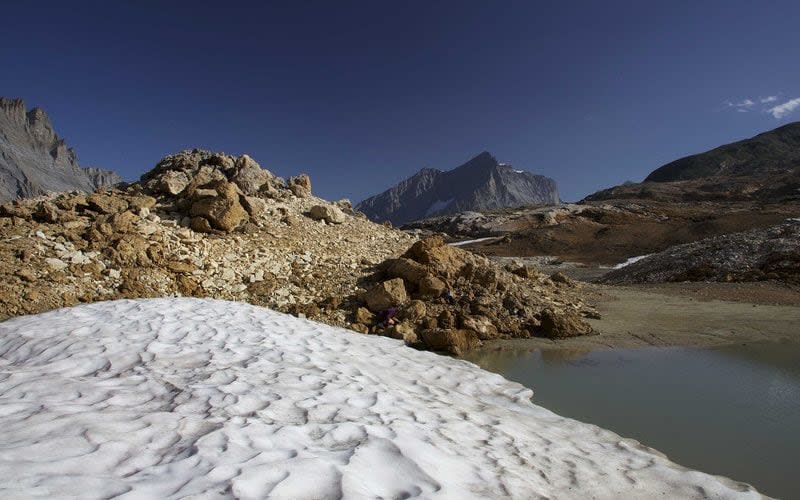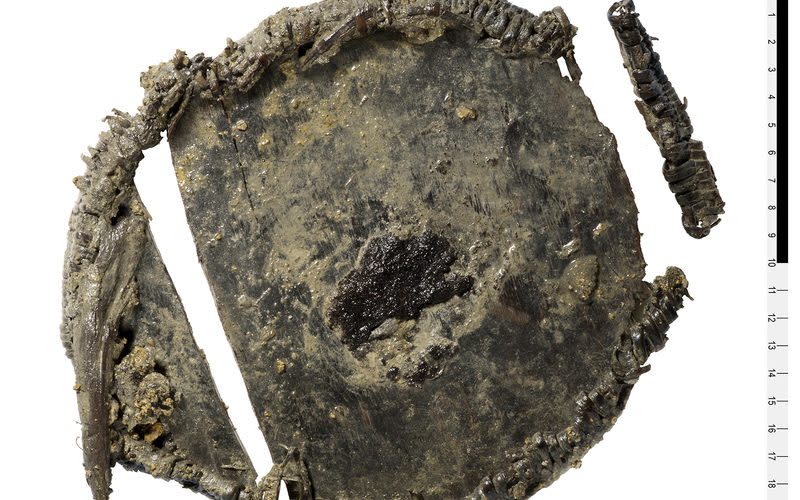Traces of Bronze Age-era cereals discovered in Swiss mountains

Scientists have discovered a 4,000-year-old lunchbox containing traces of cereal that may have been used by a prehistoric settler for sustenance as he made the grueling climb across the Swiss mountains.
The wooden box, which was well preserved, dates back to the Bronze Age and was found roughly 8600ft above sea level on the Lötschenpass.
Researchers led by the Max Planck Institute for the Science of Human History said they found microscopic traces of ancient wheat, known as biomarkers, which suggested the box was used to carry cereal.
It marks the first time scientists have used biomarkers to detect cereals which date back to the Bronze Age, and will allow scientists to piece together the origins of prehistoric farming.
“This evidence sheds new light on life in the prehistoric alpine communities,” said Dr Francesco Carrer, an archaeologist from Newcastle University who was involved in the discovery.
"People took these provisions on their way as they crossed the mountains, as hikers do today. Our research will allow us to understand what type of food they used."
The lunchbox, which was 7.8in in diameter, was first discovered in 2012 but tests on its contents have only recently been completed, with the findings published by the Max Planck Institute this week.
The researchers used carbon dating to confirm the age of the lunch box, and had initially believed it contained porridge.

They extracted biomolecules from residue inside the box, and then used a technique known as gas chromatography to search for traces of milk.
However, instead of milk they found molecules known as alkylresorcinols, which can still be found today in whole grains such as barley, rye and wheat.
“This is an extraordinary discovery if you consider that of all domesticated plants, wheat is the most widely grown crop in the world and the most important food grain source for humans, lying at the core of many contemporary culinary traditions," said Andre Colonese, an archaeologist at the University of York.
“There are very few biomarkers for plants, and they are usually poorly preserved on historical finds...you can imagine the relevance of this study as we have now a new tool for tracking early culinary use of cereal grains. It really is very exciting."
“The molecular marker for grain also helps us explore the beginnings of agriculture,” added Dr Jessica Hendy, from the Max Planck Institute.
“It will enable us to gather information on when and how wheat spread throughout Europe.” How the box came to be left on the mountains was unclear, but scientists speculated it was left by a traveller hiking across the mountains, or a farmer who was driving cattle.

 Yahoo News
Yahoo News 
